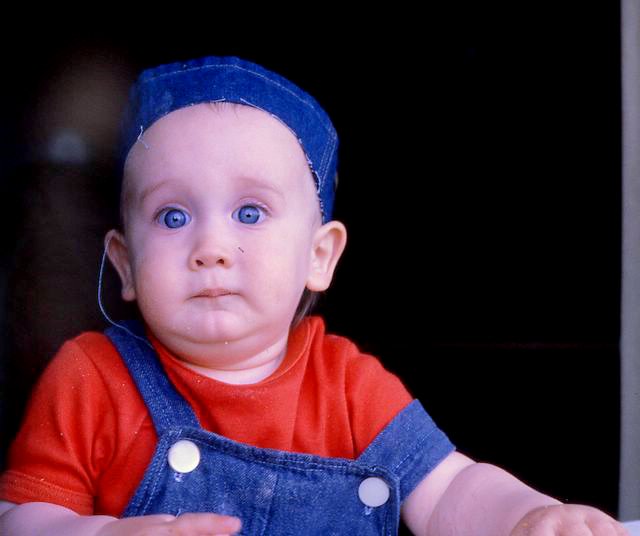The Ball and The Cross - St. Paul's Cathedral, London (July 2004)

This structure plays an important role in a book by G.K. Chesterton coincidentally entitled "The Ball and The Cross." This is a book I recommend reading, as I recommend reading just about anything by G.K. Chesterton if you're interested in expanding your vocabulary and broadening your mental processing abilities in a humorous way. Gilbert Keith had a way of using words (such as arbalest and aquiline) to humorous effect -- something I aspire to do someday. (Although not necessarily with the words arbalest or aquiline -- I think callipygous is more along my lines.) If you happen to be callipygous, then I may wish to use you to elucidate the figural primitives of our (mankind's) perceptual grammar. If you happen to understand the previous sentence, then you are to be commended, and you should realize that I'm kidding.




2 Comments:
unless you're speaking of linguistic symbols (archetypes) than i am on the wrong track. i, however, am often on the wrong track...
Well, to understand my sentence completely, a person would have to have some knowledge of neuroaesthetics. This is basically the study of how art affects the brain (what regions of the brain are being used to appreciate art, why do we find art appealing from a neurological standpoint, etc). According to this new field, we have what's being called a "perceptual grammar." Any piece of art follows the rules of this perceptual grammar. So, the figural primitives of any such grammar will be what an artist exaggerates (as in a charicature) to make his art more appealing than, say, a photograph. In using the term callipygous in regards to elucidating figural primitives of perceptual grammar, well, perhaps you can understand it a bit better in the above context. I think it's really only funny to me.
Post a Comment
<< Home